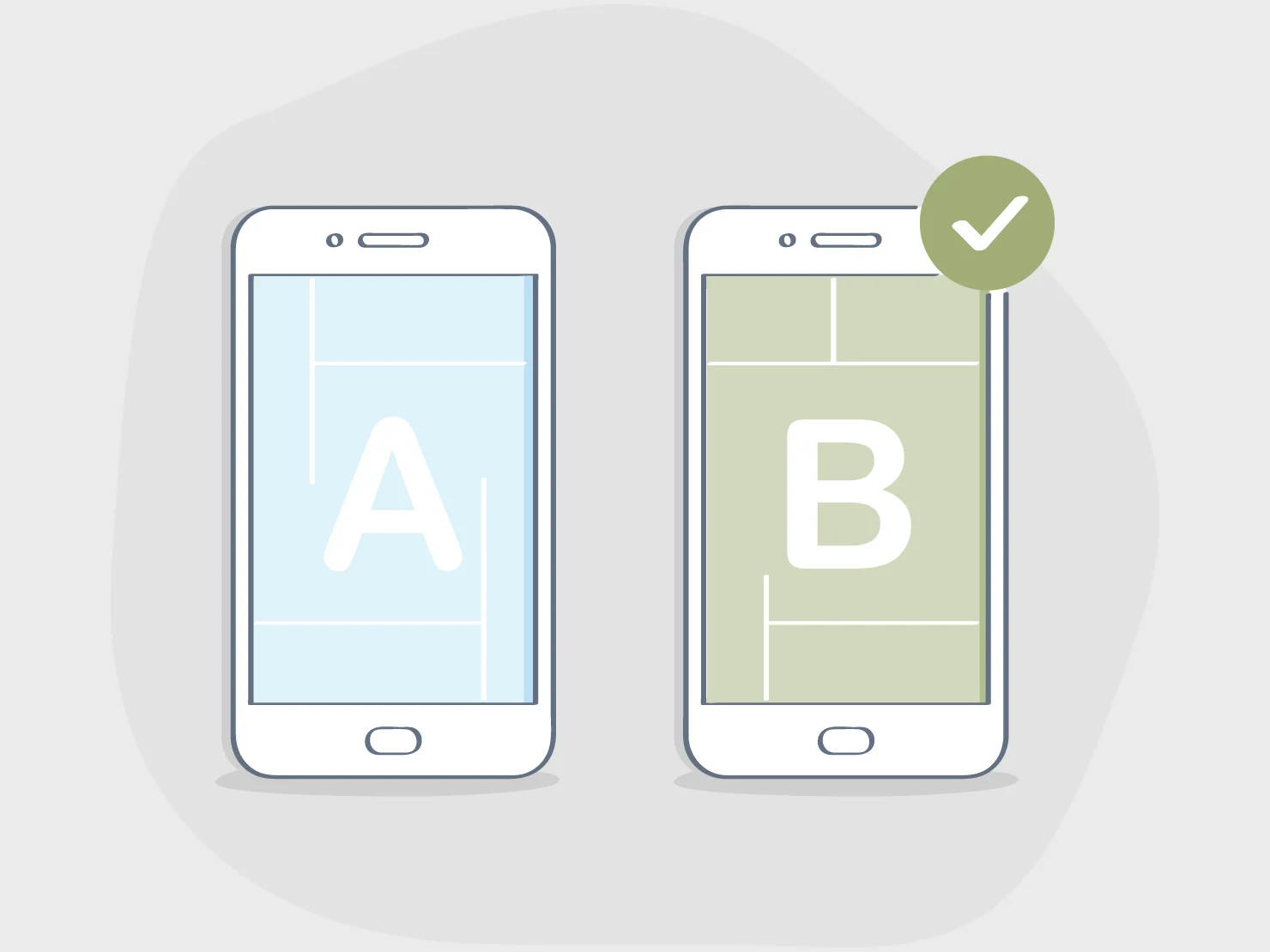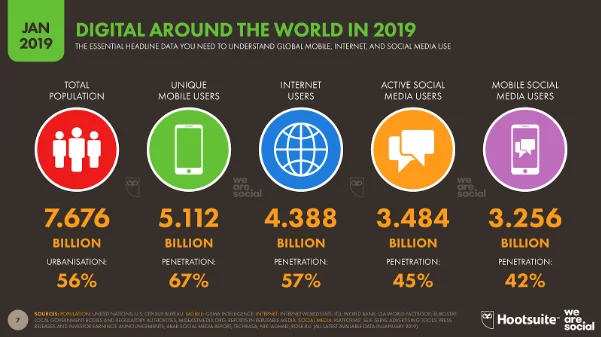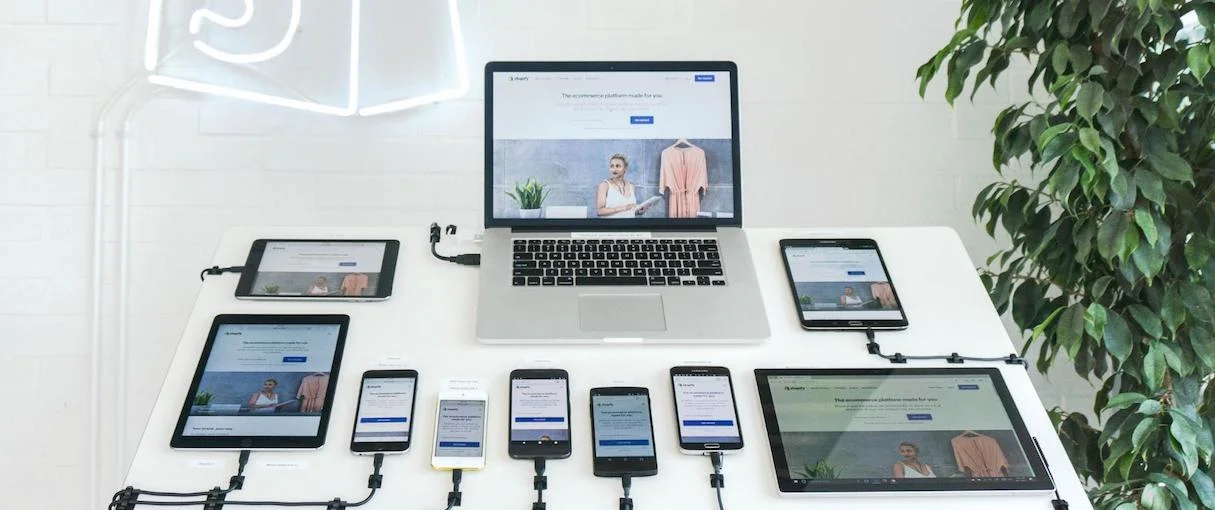Mobile Usability Testing
Feb 23, 2019 - 4 min read
Happy users are the key to mobile greatness
Usability testing is the foundation of delivering an intuitive digital experience that exceeds your customer’s expectations. Testing ensures your design intentions work correctly and that you are delivering on business goals. This part of the design process is even more critical when you are designing for the often limited real estate of smaller screens. And there are a lot of small screens out there. In 2019, it is estimated there are more than 5 billion unique mobile phone users. What are these users doing? By 2021 the number of app downloads is estimated to exceed 350 billion. On average, 52% of websites are being viewed on mobile devices, and this number too is steadily rising.

User expectations have evolved too. The most successful digital experiences are perceived as easy to learn, simple to operate and let them complete tasks with immediate satisfaction. Get this “wrong”, and users will go elsewhere. And with the sheer variety of mobile devices, there are more ways than ever to get it wrong.
Mobile usability testing helps you find the right balance between functionality and ease-of-use. Get this right, and you’ll not only keep your users happy – but you’ll earn return users. Happy users, who just had a flawless experience with your Website or app, tend to tell their friends about just how great your app is. So where do you start on the path to mobile experience greatness? The answer is simple – you start with your users. The calculus of getting it right is a bit harder.
Put mobile users in the driver’s seat
Mobile usability testing is about testing what works and what doesn’t with real- world users. This means – and this is often a bitter pill – all that matters is what your users think and do. Things that might seem obvious to you (and your boss) about your app might not be evident to your user. Opinions and assumptions abound, and a hypothesis (or ten) can only be confirmed by testing!
With crystal clarity, you need to be able to answer a long list of questions confidently. What are user expectations for the type of interface you are creating? What functions do they need? What features do they want? What elements of the interface are users most likely to use and how prominent (or deprecated) should each element be? How can you economically position elements to find the balance between usefulness and clarity? With every pixel of your interface, are you efficiently helping users achieve their goals?
You get answers to these questions by repeated testing. You then take these learnings and iterate on your design and test again. Only by the process of usability testing can you be confident your mobile experience is on the path to greatness.
Mobile usability testing in action
Effective mobile usability testing follows a set of proven, scientific methodologies. It uses specialist tools, and for best results is done by experienced professionals. At its most basic mobile usability testing is about watching a user interact with your app or website, and asking them questions about what they are doing and why. The results are recorded and later analyzed. It takes careful planning to test your mobile experience properly and discover the journey a user takes to achieve their goals. Prototypes need to be created, and a test plan needs to be established. The right target users need to be identified and recruited.

Testing is done both informally and in more structured environments. Out in the wild, your app or site gets used in ways you can’t even imagine. Mimicking the real world in a lab environment is impossible! There is value in letting users loose with a variety of tasks that need doing using your interface on their own time, and having them report back about how they did. On the other hand, specific tests, such as eye/interaction tracking, real-time heatmapping or card sort exercises, are best performed in a controlled, dedicated usability lab by a professional moderator. In the perfect world, a combination of both these methodologies will ensure all your bases are covered and yield superior results.
Prepare for happy surprises
When interviewing users, it's tempting to ask leading questions and eke out the answers you want to hear. The professional usability tester avoids these traps by asking questions that probe for real product insights and clarity on how your Website or app is delivering value (or not). The responses are often surprising. User perceptions about your app and how to use it are often very different than what you intended. You might find out that a seemingly simple task that is fundamental to the operation of your website is hard to understand and leaves users scratching their heads. These happy surprises are invaluable. In the real world, frustrated users might complain, give you a bad review or worse – delete your app from their phone. Mobile usability testing takes these frustrations and makes them part of the design process. In turn, you take these learnings, improve your mobile user experience and test again. The result? A tested, market-ready digital product that will perform with predictable results and achieve your business goals.
Work with usability testing experts
Automated usability tests, software-only solutions and templates will only get you so far. Your mobile experience needs to not only exceed user expectations but set you apart from the competition and be an engine for your business. Working with a proven industry leader in UX and UI design is an investment in the success of your app or website. At Interpix Design we are usability testing and design experts with over 20 years of experience in the space. We’ve delivered intuitive, effortless mobile experiences to some of Canada’s leading companies and have learned a lot along the way. Put our experience to work and let us help solve your digital problems.
Contact Us Today!REFERENCES: Hootsuite | Statista | Business of Apps